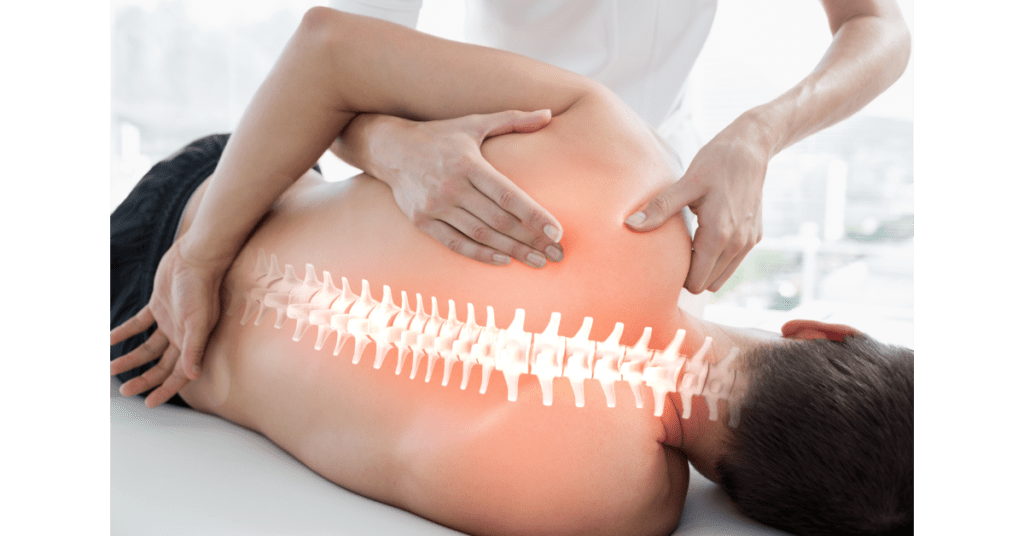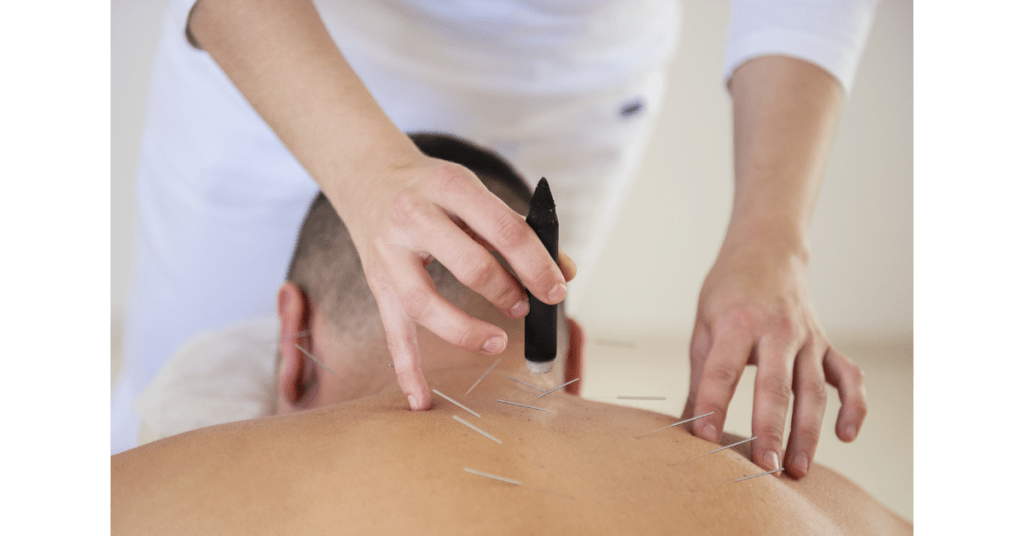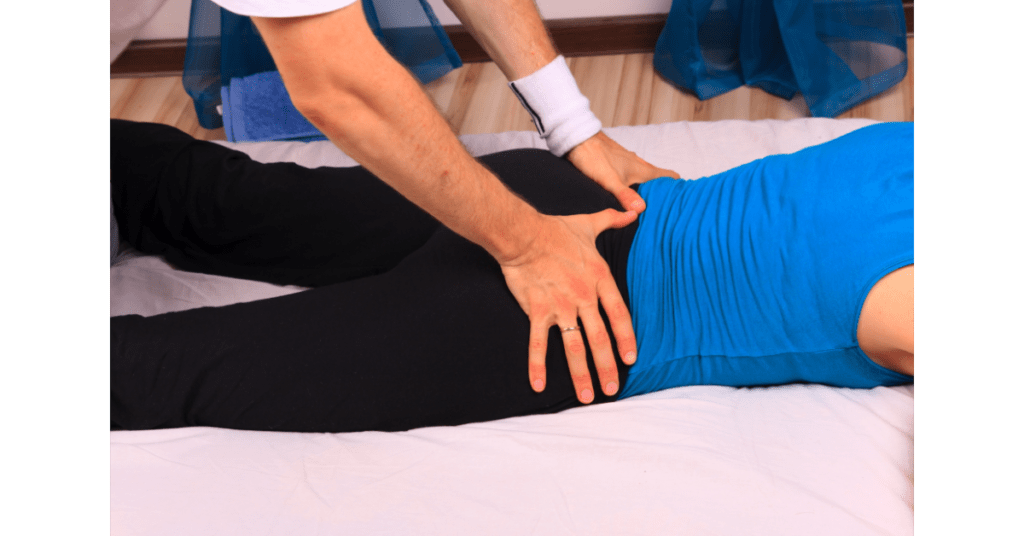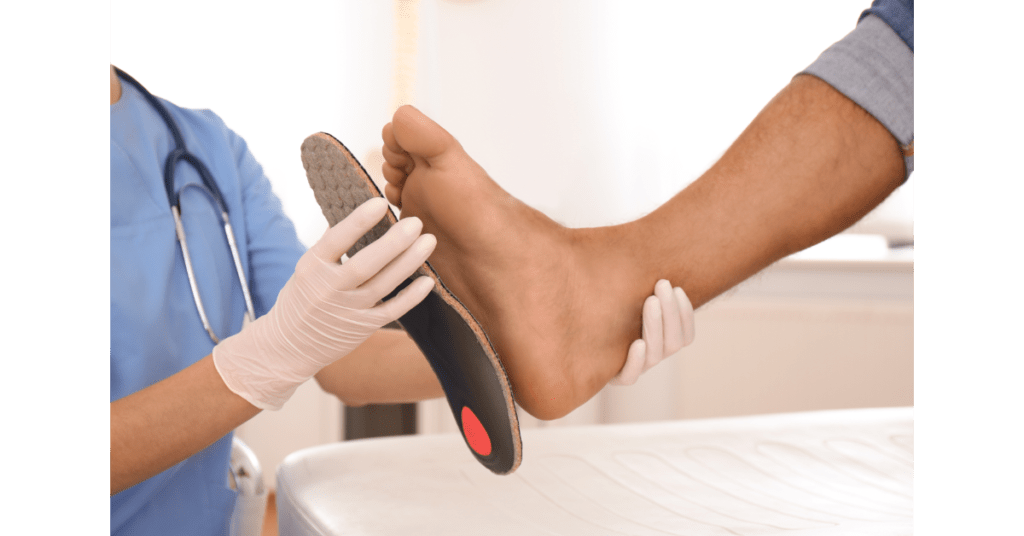What is Foot Bursitis?
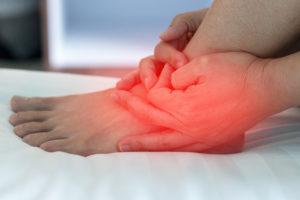
Foot bursitis is a painful condition in the heel or ankle. It usually occurs when a bursa in the ankle or heel gets inflamed or swollen. A bursa is a small sack with synovial fluid, (a lubricating liquid) that reduces friction between tissues and serves as a cushion between tendons, muscles, and bones. It enables the joints to move freely. Our body has over 150 bursae. The heel has two bursae, which can develop bursitis, leading to pain in the heel. They are the retrocalcaneal bursa, which is the most common form of foot bursitis, and the Achilles bursa or subcutaneous calcaneal bursa. The Achilles bursa is also called the Achilles tendon bursitis and usually occurs together with Achilles tendonitis. Stress on the ankle can sometimes lead to the formation of a new bursa under the skin surrounding the ankle joint. This is called the subcutaneous bursa of the medial malleolus. This bursa is another type of foot bursitis, that can get inflamed, and lead to ankle bursitis.
What causes Foot Bursitis?
Foot bursitis is a common cause of heel pain and is caused due to long-term repetitive movements or positions that put stress on the ankle joint and bursae in the heel. It is generally common among athletes. Previous injury, surgery or trauma, like a hard blow to the ankle or heel, can increase the chance of developing foot bursitis. Other causes include bacterial infection (or septic bursitis) and inflammatory autoimmune conditions such as scleroderma, lupus, gout, and rheumatoid arthritis.
Anyone can develop bursitis. However, those with thyroid conditions or diabetes, weak and inflexible calf muscles, are overweight, and have bone spurs from osteoarthritis are more susceptible. Those wearing high-heeled shoes, or tight and poorly fitted shoes can develop Haglund’s deformity in which a bony enlargement forms on the heel due to rubbing against the shoes.
What are the signs and symptoms of Foot Bursitis?
Pain, swelling, and tenderness around the heel and ankle are signs of foot bursitis. Other symptoms include sharp, shooting pain or pain that increases when the foot is pressed or moved. For example, the pain when walking uphill, running, jumping, climbing stairs, or standing on tiptoes, are symptoms. Pain that gets worse when wearing shoes, or at the end of the day, limping to avoid pain, red and warm heel or ankle (with or without fever and chills) and a restricted range of movements are all signs of foot bursitis.
Are you concerned about the symptoms of foot bursitis? Consult a physiotherapist at 3630 Lawrence Ave E, Scarborough, ON M1G 1P6 , or at 200 Marycroft Ave, Unit #6, Woodbridge, ON, L4L 5X9 and book an assessment now.
How is Foot Bursitis treated?
Foot bursitis can be treated with medications, physiotherapy, and surgery. Treatment includes resting the foot, applying ice, and avoiding activities. Creams, gels, sprays, and patches are topical medications that are prescribed. Non-steroidal anti-inflammatory drugs (NSAIDs) include Advil, Motrin, and Aleve (if caused by infection). A swelled bursa is drained of excess fluid, using a needle and syringe, and then tested in a lab to find out if the bursa is infected. If the cause is not due to infection, corticosteroid injections may be administered to relieve the pain and inflammation. Surgery for removal of a bursa is rare, but if required, physiotherapy is important for rehabilitation.
Physiotherapy for Foot Bursitis
Physiotherapy is a non-surgical and drug-free treatment. It aims at reducing pain and swelling, increasing mobility and function of the joint, regaining strength, and preventing recurrence. Physiotherapy depends on individual needs and includes a range of exercises, providing assistive devices and therapies. Exercises include stretching, strengthening, and motion exercises, apart from stability and endurance exercises, functional retraining, activity modifications, and a personalized exercise plan. Assistive devices include orthotics or splinting. Pain-relieving therapies include Therapeutic ultrasound, Interferential current therapy (IFC), Manual therapy, Occupational therapy, Acupuncture and Heat and cold therapy following PRICE protocol. At our clinic we have notice by using Simply Align Technique which includes advance physical modalities such as laser & shockwave therapy, activity modification and specific exercises we have faster, longer lasting results with reduced healing time. In the video below you can see how use laser available at our both clinics in Vaughn and Toronto for fast results. The laser therapy seen here can work for bursitis and sprain as it reduces inflammation.
Are you concerned about treatment for foot bursitis? Consult our physiotherapist and book an appointment right away.
Can Foot Bursitis go away on its own?
Yes. Foot bursitis can get better on its own within a few weeks with modified daily habits and at-home treatment. Avoiding activities that put stress on the foot, like basketball and soccer, running and tennis, and resting the foot between workouts and repetitive tasks are very important. These activities should not be resumed until the pain and swelling are under control. Further, applying heat and cold therapy correctly, and switching over to lower impact activities, like walking or using an exercise bike instead of jogging after healing is beneficial, although repeated flare-ups are possible.
If you are worried about symptoms of foot bursitis, contact a clinic, and book an assessment with our physiotherapist to get a customized treatment plan for your specific concerns.
Can Foot Bursitis be prevented?
Yes. You can take steps to prevent or reduce the chance of getting foot bursitis. Maintaining a healthy weight which reduces pain and strain on the joints, and increases energy and mobility, exercising regularly, with stretching exercises like yoga or tai chi for at least 30 minutes a day, and following a diet that is non-inflammatory (without refined and processed foods and sugar) are some measures. Warming up before exercising or playing sports, and cooling down afterward and swimming is all excellent physical activities to minimize stress on the ankle joint and heel. Wearing proper footwear and custom orthotics for correct weight-bearing and joint alignment, walking or running on softer surfaces rather than hard surfaces (like concrete), and practicing good posture is also beneficial.
Are you looking for physiotherapy or a Chiropractor? If Yes, then visit Simply Align Rehab Physio in Scarborough/Toronto or Woodbridge/Vaughan or you can always call or text us for your Physiotherapy or Chiropractor needs in Toronto at (416) 438-3230 or For Physiotherapy or Chiropractor need in Vaughan (Woodbridge) at (905) 638-9840.

